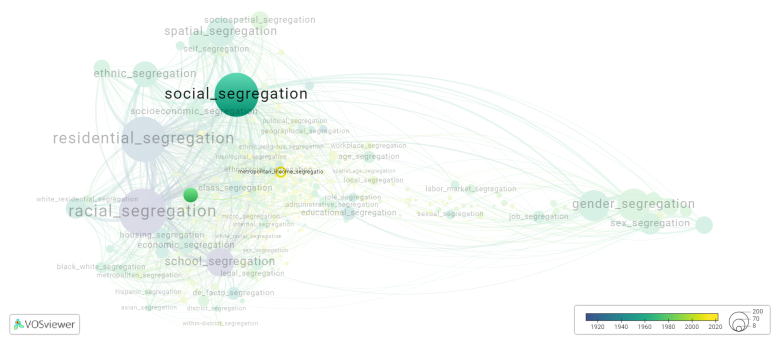Metropolitan income segregation
Date and country of first publication[1]
2020
United States
Definition
Metropolitan income segregation refers to the unequal distribution of income levels among different neighborhoods or areas within a metropolitan area. This can result in certain neighborhoods being predominantly made up of either high-income or low-income residents, leading to socioeconomic disparities and limited opportunities for upward mobility for individuals residing in low-income areas. Income segregation can also impact access to quality education, healthcare, and other essential services, creating a cycle of poverty and inequality within the metropolitan area. Efforts to address income segregation may involve policies that promote affordable housing, transportation options, and economic development in order to create more inclusive and equitable communities.
Synonyms
The following terms are synonymous with metropolitan income segregation:
metro income segregation.
References and literature addressing this segregation form under these synonymous terms can be found below.
See also
Related segregation forms
Metropolitan income segregation is frequently discussed in the literature with the following segregation forms:
social segregation, income segregation, spatial income segregation, residential segregation

This visualization is based on the study The Multidisciplinary Landscape of Segregation Research.
For the complete network of interrelated segregation forms, please refer to:
References
Notes
- ↑ Date and country of first publication as informed by the Scopus database (December 2023).
Metropolitan income segregation appears in the following literature
Nilsson I., Delmelle E.C. (202). On the link between rail transit and spatial income segregation. Applied Geography, 125(), -. Elsevier Ltd.https://doi.org/10.1016/j.apgeog.2020.102364
Schachner J.N. (2022). Neighborhood Economic Change in an Era of Metropolitan Divergence. Urban Affairs Review, 58(4), 923-959. SAGE Publications Inc..https://doi.org/10.1177/10780874211016940
